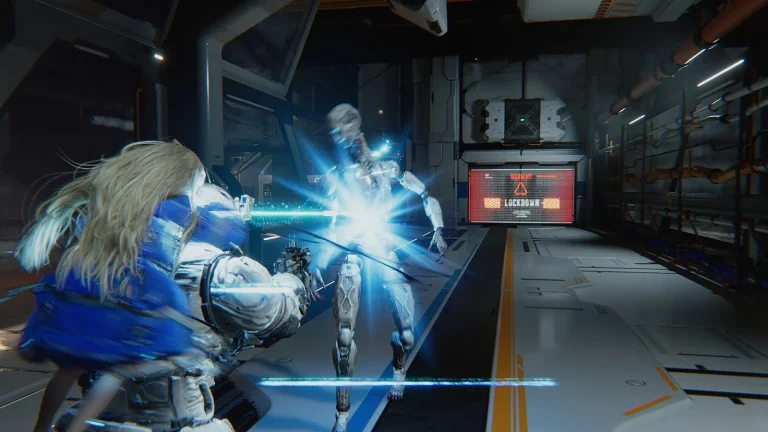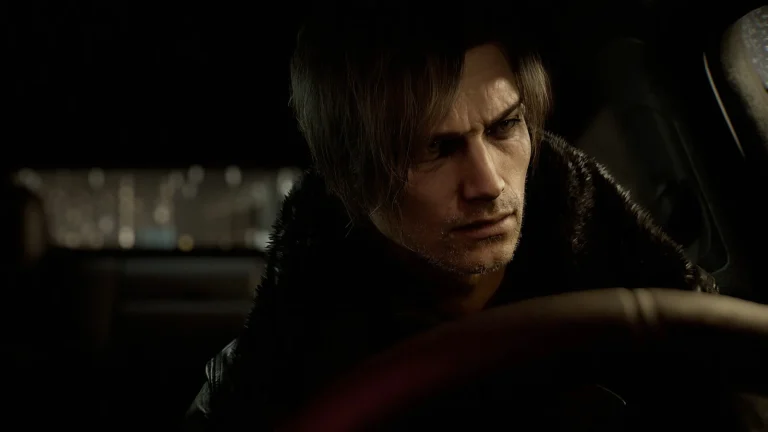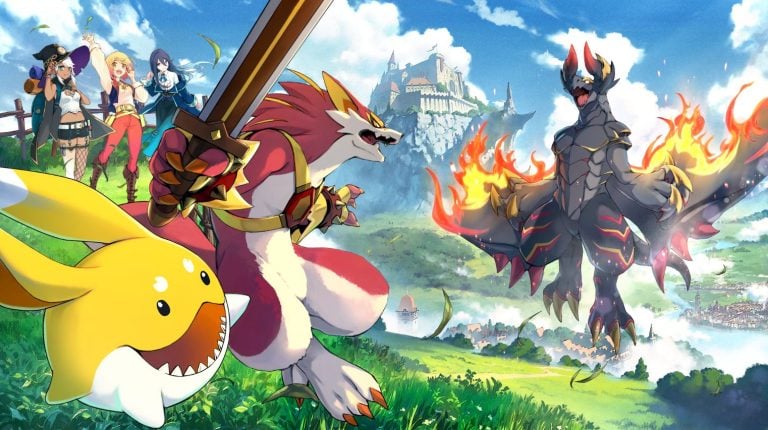SunnySide, a farm life simulator set in a rural town in modern Japan, launched on PC (Steam) on June 15, with PS5 and Xbox Series X|S releases on the way. Apart from farming, the game offers a wide variety of activities, including crafting, building, romance and even battles.
With its unique blend of the modern and the rustic, SunnySide attracted a lot of attention in Japan even before its launch. We recently conducted an e-mail interview with Sydney Stockdale, co-president and producer of RainyGames studio and creative director of SunnySide. We asked her all about the game’s influences and development process.
──To start off, please introduce yourself and the team.
Sydney Stockdale (Sydney hereafter):
My name is Sydney Stockdale and I’m from the United States. I have a lot of roles in making SunnySide: producer, narrative director, environment director/artist, business, marketing, social media… it’s a long list. I often say my job is to have good ideas and make decisions. I work alongside our game director, Siavash Shahlaei, AKA Rainy, who is from Iran! Rainy created the original pitch for the game and Kickstarter campaign back in 2021, and works on all the programming for the game as well as certain system design and technical art.
The reason behind SunnySide’s rural Japanese setting

──What inspired you to make a game set in the Japanese countryside?
Sydney:
Rainy is the one who chose Japan for his own reasons. In Rainy’s words:
“The original idea for SunnySide came from trying to achieve the atmosphere from a game that inspired me as a kid. This game was Harvest Moon: Save the Homeland. It was the first time in a game that I just stopped and appreciated the scenery and ambient sounds. This was a big discovery for me, and I continued to find the “mundane” aspects of a game really fascinating. Later, when I played Persona 4, that exact feeling came back, and with SunnySide, I really wanted to capture the same small Japanese town vibe that Persona 4 gave me.”
After a small amount of research and hearing Rainy’s vision, I was fully on board. As a creative, I chase the stories that inspire me, and Japan is an incredibly inspiring country, both visually and narratively. Having grown up in Southern California, I’m very familiar with urbanization and longing for something simpler, and in the West, most of what we see about Japan is in Tokyo and heavily features city life.
Personally, I wanted to tell unique stories that both Westerners and native Japanese people could relate to and appreciate, and I’ve been so inspired by the subtlety of Japanese storytelling that I was incredibly excited to try writing it myself. I just hope I did a good job!
──You mentioned that SunnySide is inspired by the Persona and Harvest Moon series, as well as The Legend of Zelda: Breath of the Wild. Could you tell us your personal feelings about those titles and how they specifically influenced you?
Sydney:
As the programmer, Rainy was heavily inspired and influenced by the games he played, but as the writer and environment designer, I pulled more of my influence from anime and the realities of living in Japan. Fruits Basket, in particular, is where I pulled most of my inspiration. The scenery in Fruits Basket is breathtakingly gorgeous, and the story is told in a far more subtle way than most western narratives. I really wanted to build these deep relationships between the player and the characters, so I looked to Fruits and Persona for guidance on how to build interesting characters and how to develop them in unpredictable ways.

I wanted the player to make judgments about the NPCs when you first meet them, only to have those ideas turned on their head later, leaving you questioning who you actually do and don’t like. There are also a number of systems that were inspired by a variety of different games that you may not expect: Skyrim, Mass Effect, The Witcher… games that shaped our view of the world and taught us how to tell meaningful stories. I also have to give a lot of credit to Disneyland for shaping our ideas of immersion, decoration, perspective, and interactive entertainment.
*Sydney has experience working at The Disneyland Resort in the US.
──The Japanese countryside portrayed in SunnySide seems to be a fusion of nature and modern life. How did you balance realism and fiction in creating the game’s unique environment? Please tell us about your references and research process.
Sydney:
At the heart of it, SunnySide takes place in a “fantasy version of Japan” purely because of the battle system and the story in the caves. That gave us a little license to create a more idealized version of reality. In order to make the whole story feel grounded, we decided that it was important to stick to realism in as many areas as possible so that the fantasy parts of the story wouldn’t feel so out of place. This meant creating a very real-feeling environment, which ended up being very important to me.
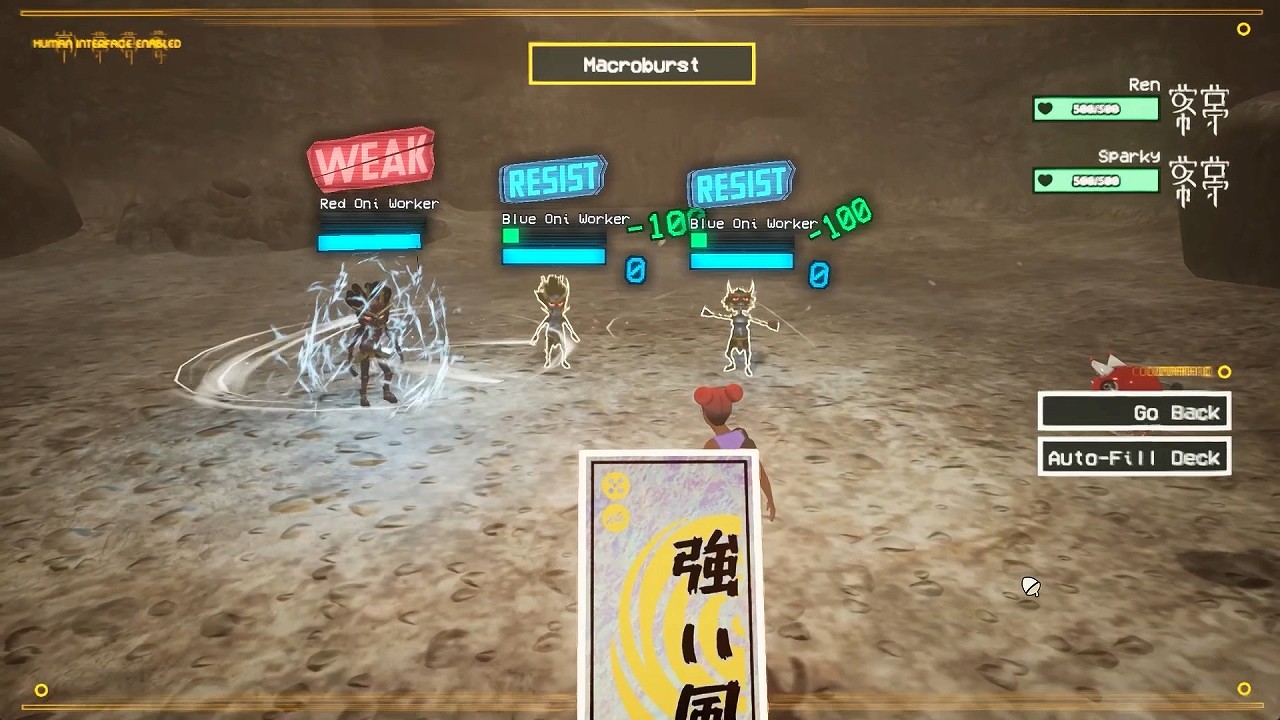
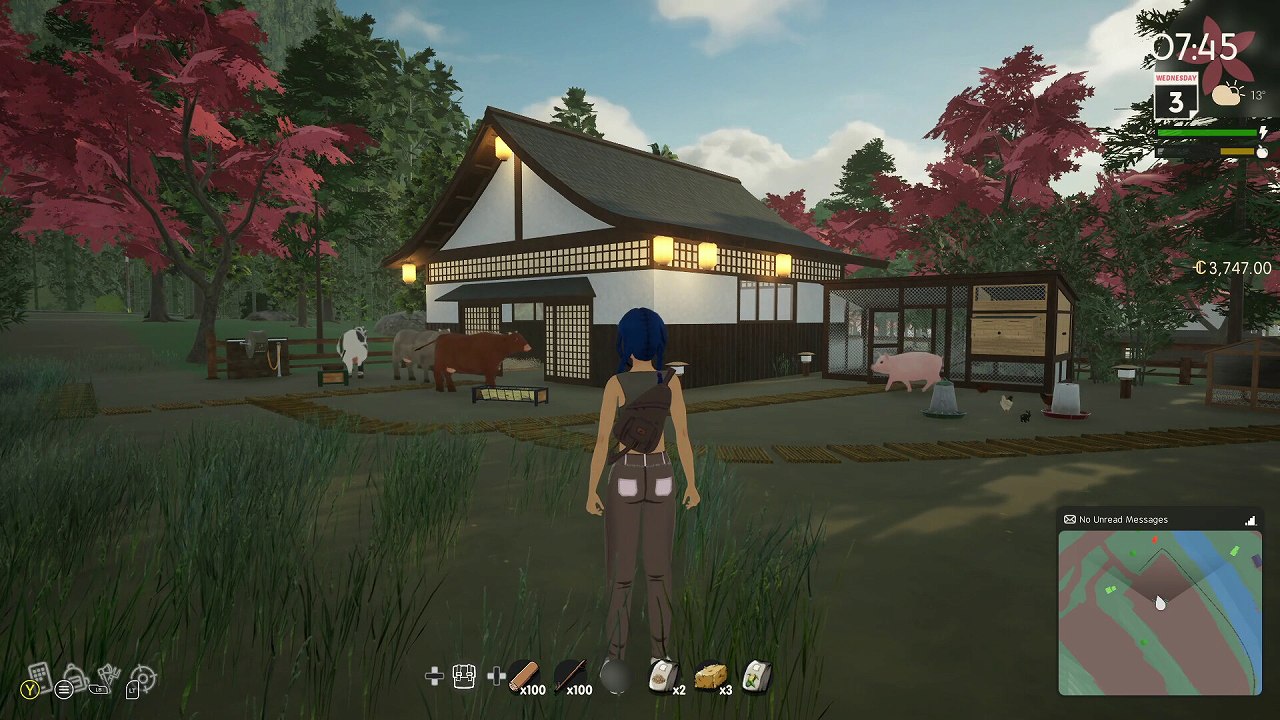
But because none of us have ever been to Japan, research became vitally important. Google Earth was incredibly helpful, and we tried to pull inspiration from small- and medium-sized towns on the coast of Hokkaido and Ehime to capture the “vibe” of the countryside (Specifically Okushiri Island, Setana, Otobe, Yoichi, Otaru, and Sapporo).
I watched a LOT of Japanese YouTube content creators (such as Abroad in Japan, Paolo fromTOKYO, Sorekara Travel, Life Where I’m From, Sharmeleon, The Black Experience Japan, and NHK World-Japan) as well as some videos and articles about very specific experiences in the Japanese countryside.
I also have to give a HUGE shout out to Epic Gardening. Its founder Kevin Espiritu has made a name for himself in showing people how to create homesteads in modern urban spaces, and his videos really helped guide us towards bringing country living and modernism together in a way that makes sense and is potentially actionable in the real world.
A game about enjoying life, including romance
──SunnySide offers a variety of mechanics such as farming, socializing, battles and more. Too many choices can sometimes confuse players about what to start with, but what is SunnySide’s intended flow?
Sydney:
SunnySide does have a ton of features, and we do worry sometimes that it’s a bit too much. We tried to mitigate the possibility of players feeling overwhelmed by allowing all the systems to work together in some way and showing these connections through the tutorial quests in the beginning of the game.

Farming, for example, leads into building and cooking, which then leads into food crafting. These then connect to the social system, which also influences the battle system. The key for us was to allow the player a full range of creativity and absolutely zero time limits or rush. Players can control the length of their day, resources are relatively cheap and plentiful, and most of the game’s systems can be accessed anywhere through the phone. Our whole purpose for SunnySide was to inspire people to relax and enjoy the journey, rather than focusing on the destination, how long it will take to get there, or what the most optimal path may be.

──The game also boasts some dating sim features, allowing the player to date residents and build romantic relationships. Are there any specific games or media that strongly inspired this aspect of the game? Also, if there are any particular points you focused on for the dating system, we’d like to know about them.
Sydney:
Persona was certainly the biggest inspiration for this. We were really inspired by how players can grow so emotionally attached to characters just by listening to them tell their own stories, so this is what inspired the way that you learn SunnySide’s story.
Unlike Persona, however, there is no “countdown” or feeling that you need to rush through anyone. We also wanted to make sure that the player had full agency over who they chose to romance and would never feel blindsided by a relationship or that they missed out by accident. This is why we separated the romance and friendship point accumulation and made sure they were strictly different systems. But from a writing perspective, what was really important to me was actually feeling close to the characters.
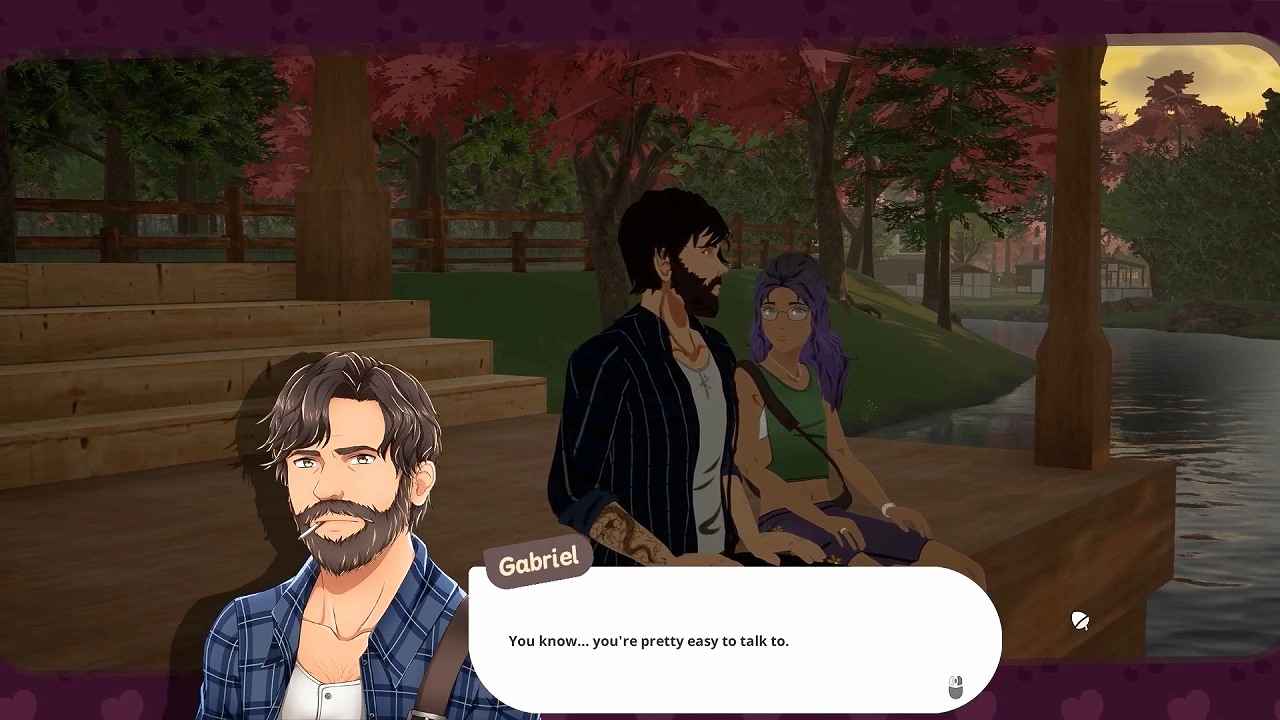
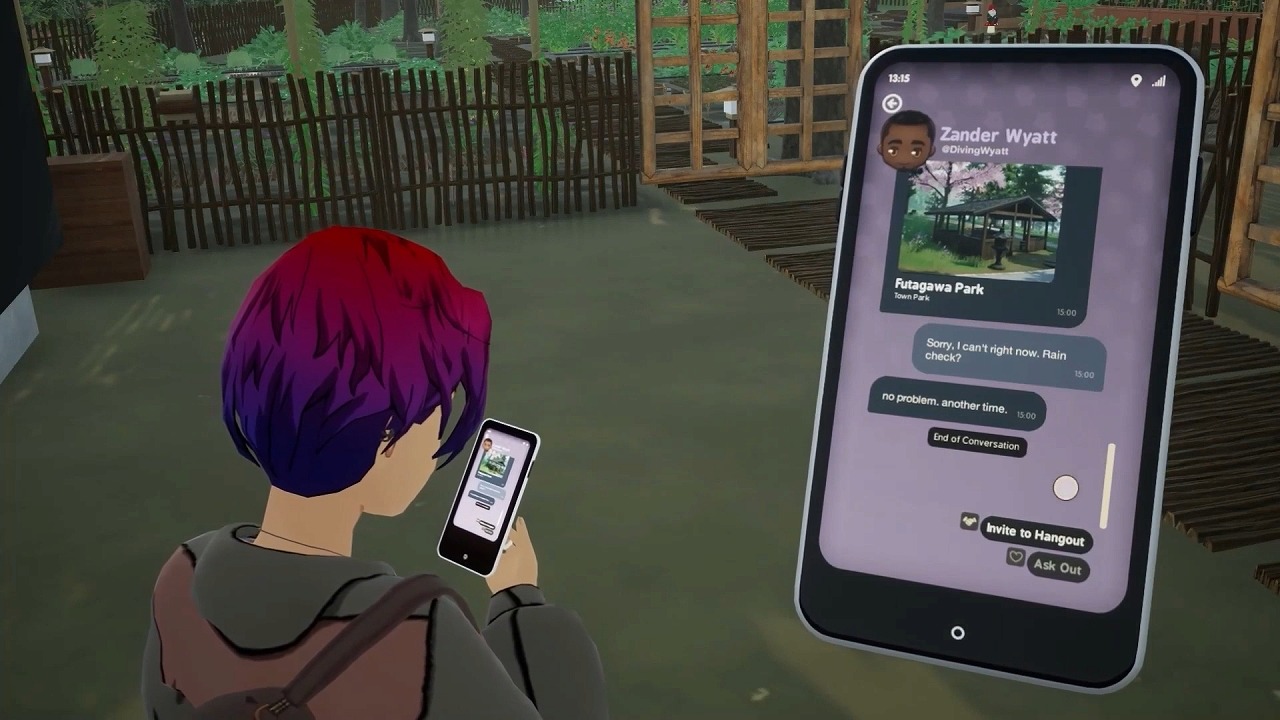
We removed things like public shows of affection, physical contact, marriage, and moving in together, ultimately because we didn’t feel like that needed to be the point of the stories. I pulled from my own relationships and took the time to ask myself what part of the relationship was most important to me, and then used those values to inspire the romantic stories. We explored themes around communication, expectations, personal growth, introspection, self-care, depression, divorce, betrayal and more. At the end of the day, the story is what became the most important.
──With life simulator games, a believable world and characters tend to be most important for players. What aspects of SunnySide best convey a lifelike feel?
Sydney:
With all video games, we’re limited by what we’re able to create. I would have loved a fully diverse branching dialogue system where you can create realistic conversations with people, but word count is important when considering the costs of localization.
Because of this, we had to be creative in making SunnySide feel “alive.” A lot of this was done with set design, but mostly, I think it’s the fact that we left behind the idea that the player is the “Hero of the Town.” You’re not here to “save” SunnySide, you’re here to witness it. This is why the economy of the town is separated into different craftsmen, this is why there are sections of the map that are less accessible until you unlock vehicles, and why the player’s character is never described as being overly talented or capable.
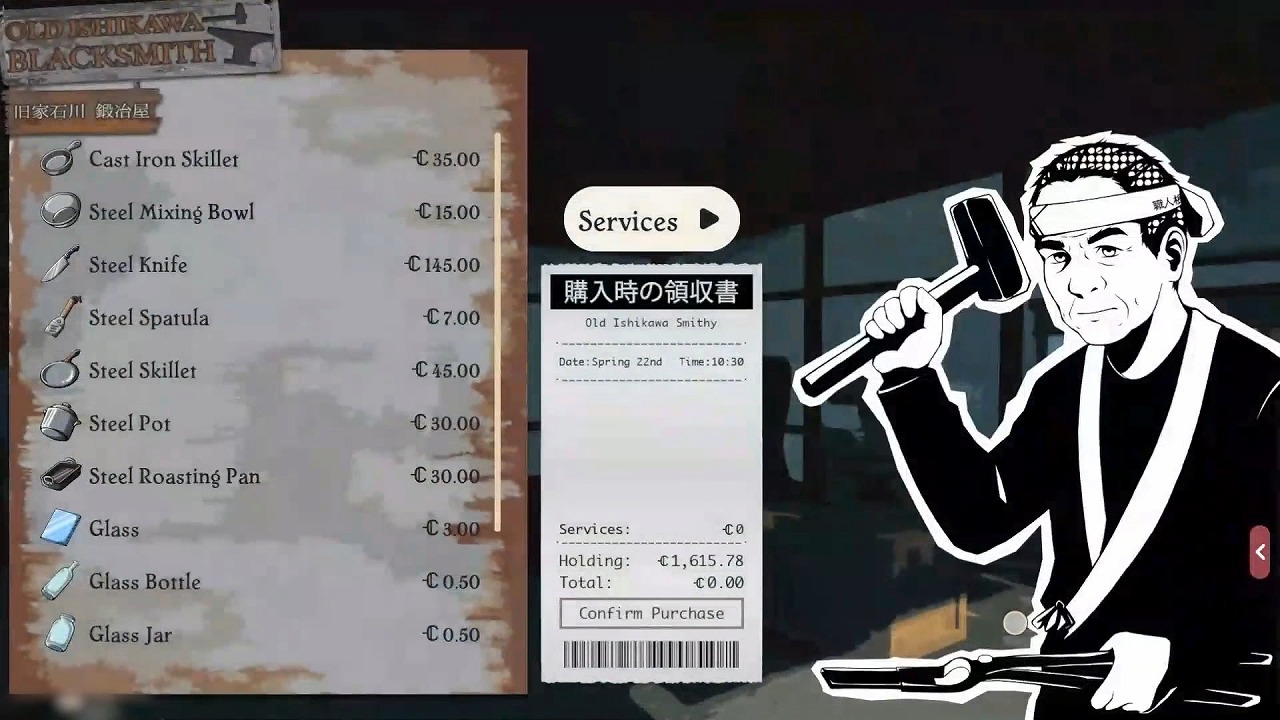
This idea is also conveyed through stories. By talking to and hanging out with everyone, you start to learn how the lives of the residents of SunnySide are all connected, their histories with each other, and what was happening in town long before you arrived. Seeing random raccoons, foxes, birds and bugs running around doesn’t hurt, either.

──SunnySide has a lot of character customization options, outfits, various piercings and a wide range of style options for players regardless of their base avatar. What made you focus so much on character creation?
Sydney:
Representation and staying true to the art style. To be honest, there is nothing that upsets me more than the idea that a person can’t make someone who looks like themselves in a video game. Even though we’re a very small team, we did our absolute best to give people a version of themselves, or their ideal self.
And the truth is: humans are complicated. We have varieties of skin tones with different undertones, wildly different hair types, clothing tastes, accessory styles, etc. We tried to give the player as much as we could with as little as possible. This is why clothing can be layered (to create more variations), different color palettes are provided, and why there are so many accessories and hair styles. We would have loved to give more, but we definitely did our best.
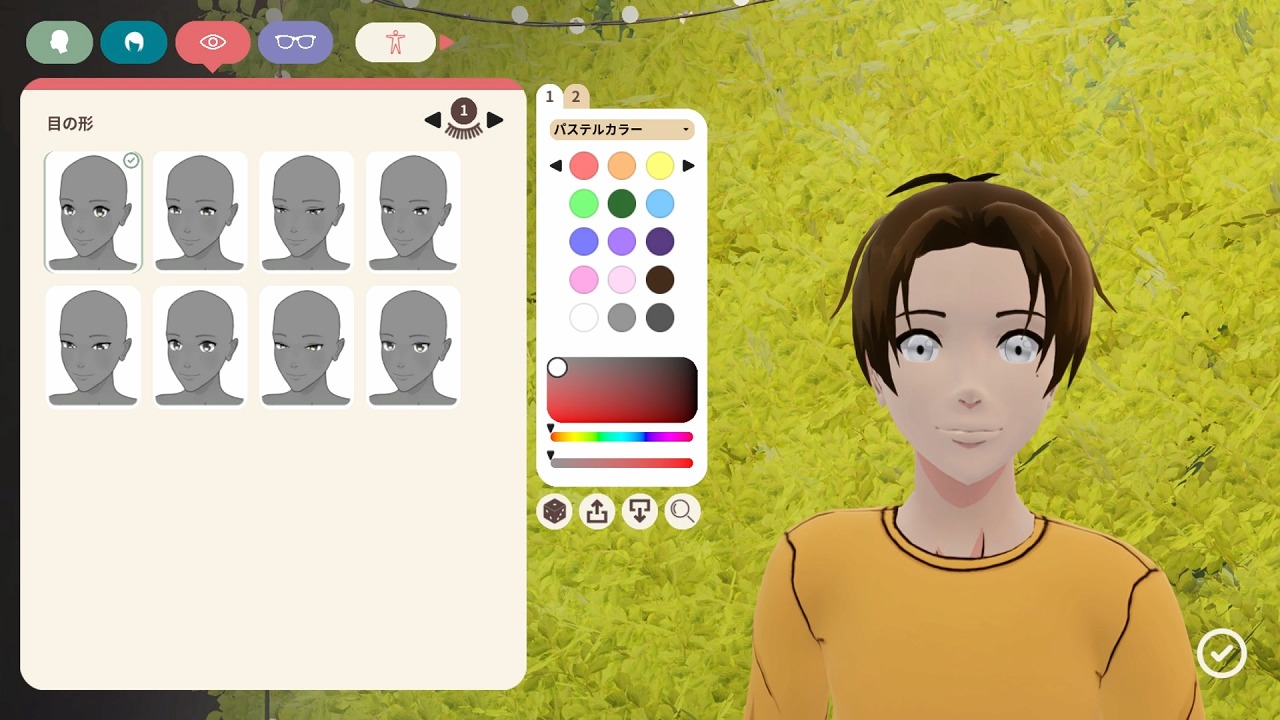
That said, it was very important that we stick to the art style. This is why there is actually no makeup in the game, and why there is more focus on creating the eyes than on the rest of the face. We also hand painted all of the clothing textures for this reason.
──About time progression, how long is a day in the game in real-world time? What factors did you consider when determining the game’s pace?
Sydney:
However long the player wants. A day can last as little as 10 minutes, as long as 30 minutes, and anywhere in between. Because we were limited to a “save when you sleep” type save system, this variability (and the ability to teleport home any time you want) allow the player to customize their playing experience into something that works for them and their lives.
──On the game’s Steam page, there’s a disclaimer that reads, “SunnySide is a Farm Sim with no watering cans, shipping containers, gift-based socializing, mayonnaise machines, marriage, children, or a hotbar crowded with tools.” Was this you telling players not to expect boring or mundane tasks?
Sydney:
I actually wrote the disclaimer originally as a joke, but people liked it, so we kept it in. It’s less about saying “this game isn’t boring” and more about saying, “We aren’t what you’re used to.” It was very important to us when planning and developing SunnySide that it be a game WE want to play, not the same as every other game that has come out before. We didn’t want to reskin Harvest Moon or Stardew Valley, we wanted to stand on our own and give our personal take on what a farm sim could be.
This meant looking at every single system and asking some very important questions: Why is this here? What is it for? How does it benefit the player? How can we modernize it? Is this grounded in reality? Is this something you’d actually find in Japan? The hose is a great example of this: the player needs to water their crops, so how can we do it? Watering cans feel outdated, and no game has given the player a hose before. Hoses are faster and easier for the player, and here is this cool new technology I just found out about that allows hoses to retract! People water their gardens with hoses every day!
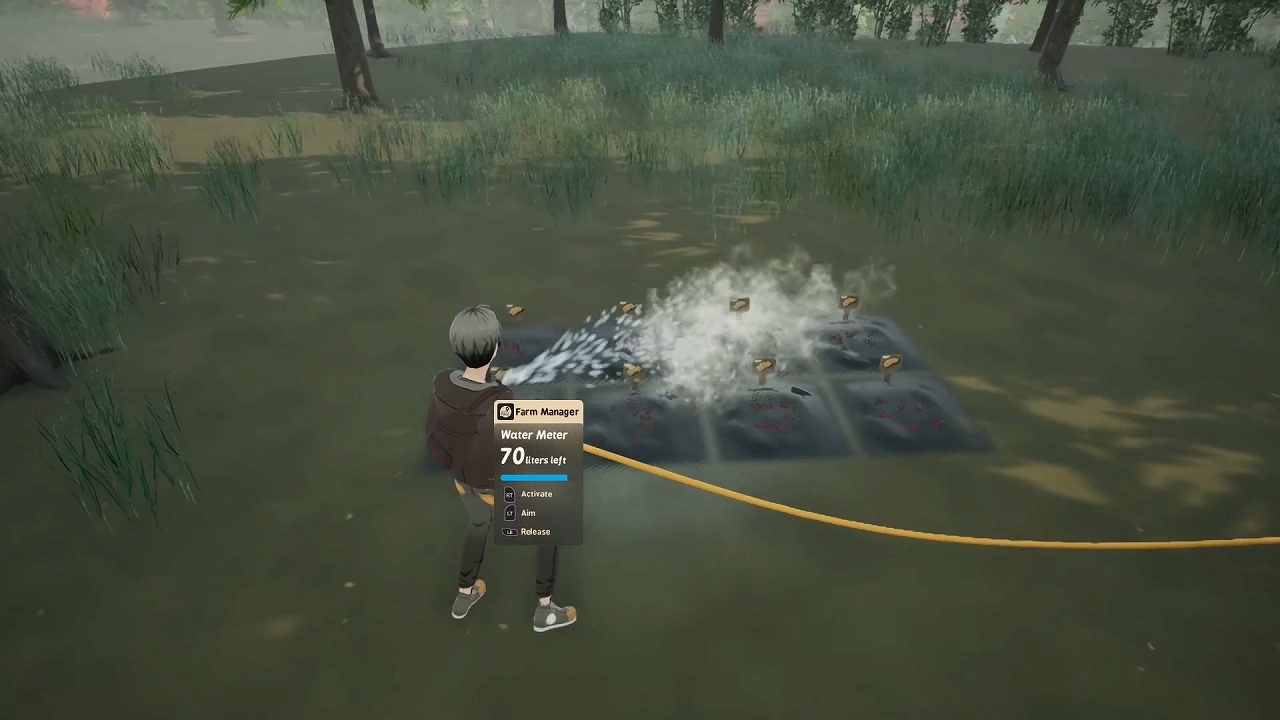
──As the players are quite free to enjoy the game based on their own preferences, are there specific main goals or objectives throughout the game? If there’s a kind of ending that awaits, how long do you estimate to reach it?
Sydney:
SunnySide was inspired by the beginning of Persona – a beginning storyline that focuses on teaching the player how to play the game. That storyline finishes up after a player has lived in-game for at least a year.
Other than that, there is definitely a main storyline that takes the player and Sparky on a journey into the cave system beneath SunnySide, and there is definitely an end to that story, but you can also continue playing the game even after it’s over. As for how long it takes, that will depend entirely on the play style of the person playing the game. There are 5 levels to the caves, each one has 4 checkpoints that you need to unlock and a mini boss to defeat.
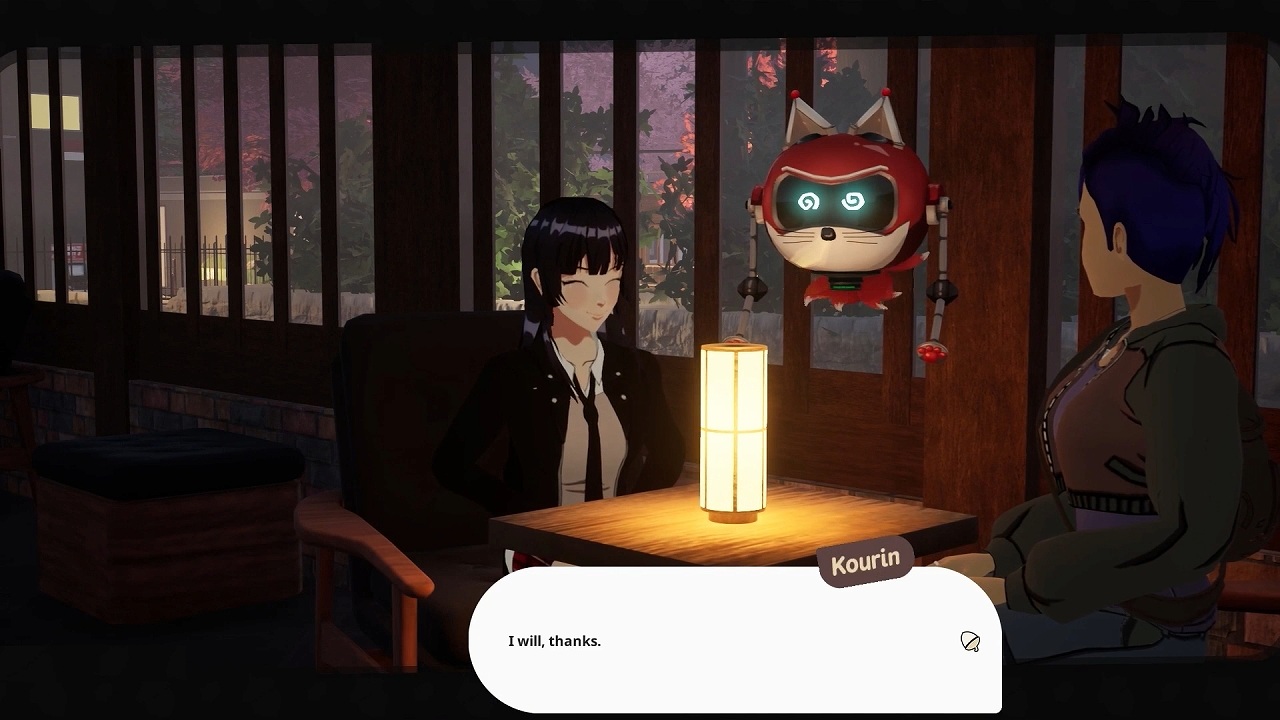
But how long each level takes depends on how you build your battle decks, how much you focus on mining and exploration, and whether you decide to battle everyone or try to sneak past them. So, we honestly have no idea how long people will take! We’ve seen people speedrun the main story and finish in under 20 hours, and we know people who have put 80 hours into replaying the 10-day demo over and over. But that’s kind of what makes SunnySide special.
──Lastly, do you have any message to Japanese players?
Sydney:
From both myself and Rainy, we’d just like to say thank you. Thank you for letting us explore your culture from such an outside perspective and then share that perspective with you and the rest of the world. Thank you for telling us when we’ve messed up and for being patient with our western silliness.
Personally, I want everyone to know that my goal was always to represent both the positives and negatives of Japanese culture, to never fetishize or make assumptions, and to avoid stereotypes and generalizations as much as I could. Lastly, a huge thank you to all the Japanese streamers who have shared our game, and who have been so kind to us when we hop into chat to say hello. I’m very sorry that we don’t speak the same language, so thank you for being patient with Google Translate.
──Thank you for your time!
SunnySide is currently available on Steam. Future releases are planned for Epic Games, PS5 and Xbox Series X|S.



